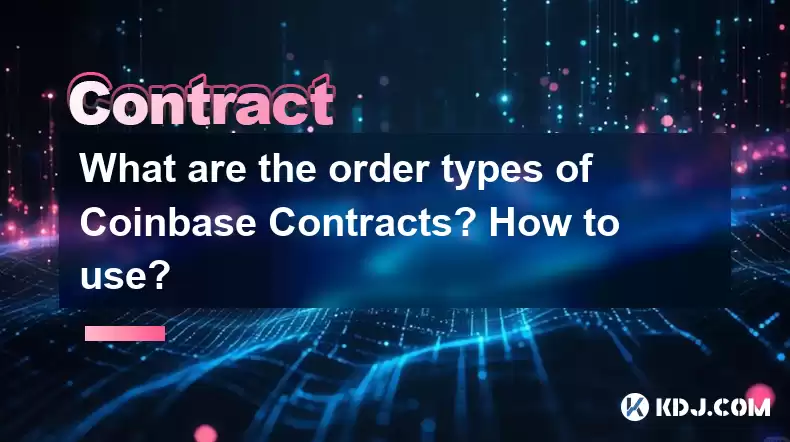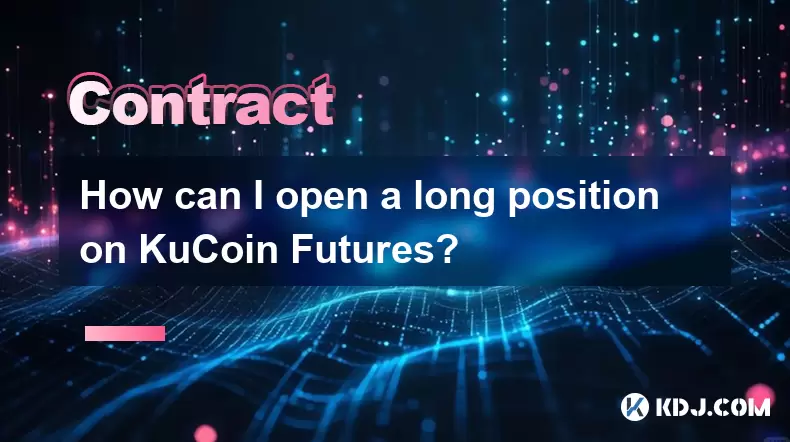-
 Bitcoin
Bitcoin $116700
0.24% -
 Ethereum
Ethereum $3973
4.34% -
 XRP
XRP $3.283
7.68% -
 Tether USDt
Tether USDt $1.000
0.01% -
 BNB
BNB $789.8
2.27% -
 Solana
Solana $176.2
3.31% -
 USDC
USDC $0.9999
0.00% -
 Dogecoin
Dogecoin $0.2238
5.14% -
 TRON
TRON $0.3389
-0.51% -
 Cardano
Cardano $0.7907
4.03% -
 Stellar
Stellar $0.4527
10.02% -
 Hyperliquid
Hyperliquid $41.07
4.27% -
 Sui
Sui $3.794
1.77% -
 Chainlink
Chainlink $19.49
10.40% -
 Bitcoin Cash
Bitcoin Cash $580.9
0.74% -
 Hedera
Hedera $0.2617
4.32% -
 Avalanche
Avalanche $23.41
3.67% -
 Ethena USDe
Ethena USDe $1.001
-0.03% -
 Litecoin
Litecoin $122.4
1.38% -
 Toncoin
Toncoin $3.364
1.49% -
 UNUS SED LEO
UNUS SED LEO $8.988
0.37% -
 Shiba Inu
Shiba Inu $0.00001295
2.82% -
 Uniswap
Uniswap $10.62
5.75% -
 Polkadot
Polkadot $3.922
4.46% -
 Dai
Dai $1.000
0.01% -
 Bitget Token
Bitget Token $4.494
2.15% -
 Monero
Monero $268.0
-1.30% -
 Cronos
Cronos $0.1523
3.68% -
 Pepe
Pepe $0.00001127
4.43% -
 Aave
Aave $285.4
4.85%
What are the order types of Coinbase Contracts? How to use?
Coinbase Contracts offers diverse order types (market, limit, stop, stop-limit, take-profit) for various trading strategies, demanding careful consideration of price, quantity, leverage, and risk tolerance for successful cryptocurrency futures trading.
Mar 25, 2025 at 01:07 am

Key Points:
- Coinbase Contracts offers several order types designed for different trading strategies and risk tolerances. Understanding these is crucial for effective trading.
- Each order type has specific parameters that need to be set accurately to execute your intended trade.
- Utilizing the Coinbase Contracts platform requires careful consideration of market conditions and personal risk tolerance.
What are the order types of Coinbase Contracts? How to Use?
Coinbase Contracts, a platform for trading perpetual futures contracts on cryptocurrencies, provides a variety of order types to cater to different trading styles and risk appetites. Understanding these order types is paramount to successfully navigating the volatile world of cryptocurrency futures trading. Let's explore the common order types available.
1. Market Orders:
Market orders are the simplest type. They execute immediately at the best available price in the market. This is ideal for traders who prioritize speed of execution over price. However, market orders can result in slippage, meaning you might not get the exact price you anticipated due to market volatility. To place a market order, simply specify the quantity you wish to buy or sell.
2. Limit Orders:
Limit orders allow you to specify the exact price at which you want your order to be executed. If the market price reaches your specified price, your order will be filled. If the market price doesn't reach your limit price before your order expires, your order will be cancelled. This offers more price control compared to market orders, but it carries the risk that your order might not be filled at all. To use a limit order, input the desired price and quantity.
3. Stop Orders:
Stop orders, also known as stop-loss orders, are designed to limit potential losses. You set a stop price, and once the market price reaches that level, your order becomes a market order. This helps protect against significant price movements against your position. However, due to their market order execution, slippage can occur. When using a stop order, enter the stop price and the quantity.
4. Stop Limit Orders:
Stop limit orders combine the features of stop and limit orders. Once the stop price is reached, the order turns into a limit order, allowing you to specify the price at which you want to execute the trade. This offers more control over the execution price compared to a standard stop order, reducing the risk of slippage. To use this order type, input both the stop price and the limit price, along with the quantity.
5. Take Profit Orders:
Take profit orders are used to automatically secure profits when a certain price level is reached. Similar to stop orders, once the market price hits your specified price, your order becomes a market order, selling your position and locking in your profits. These orders help automate profit-taking and minimize potential losses due to price reversals. Enter the take profit price and the quantity to place this order.
6. Take Profit Limit Orders:
These orders combine the features of a take profit order and a limit order. Once the take profit price is hit, the order turns into a limit order, allowing you to specify the price at which you want to sell. This reduces slippage compared to a standard take profit order. Input the take profit price, the limit price, and the quantity to utilize this order type.
Using Coinbase Contracts Order Types:
To use these order types effectively, familiarity with the Coinbase Contracts interface is essential. The platform usually provides clear fields to input order parameters such as price, quantity, and order type. Always double-check your order details before submitting to avoid unintended consequences.
- Understanding Quantity: This refers to the number of contracts you wish to buy or sell. The contract size will vary depending on the cryptocurrency being traded.
- Leverage: Coinbase Contracts allows you to use leverage, which magnifies your potential profits but also increases your risk. Use leverage cautiously and only with a thorough understanding of its implications.
- Fees: Be aware of the fees associated with trading on Coinbase Contracts. These fees can impact your overall profitability.
Common Questions:
Q: What is slippage, and how can I minimize it? Slippage is the difference between the expected price and the actual execution price of an order. It's more common with market orders and can be minimized by using limit or stop-limit orders, or by placing orders during periods of lower market volatility.
Q: What is leverage, and how does it affect my trading? Leverage allows you to control a larger position with a smaller amount of capital. While it magnifies profits, it also magnifies losses. High leverage increases risk significantly. Use it cautiously and only with a deep understanding of its implications.
Q: How do I cancel an order on Coinbase Contracts? The Coinbase Contracts platform typically provides a mechanism to cancel pending orders before they are filled. Look for a "Cancel Order" button associated with your open orders.
Q: What are the risks associated with using Coinbase Contracts? Trading perpetual futures contracts involves significant risk. Price volatility, leverage, and the potential for large losses are inherent risks. Only trade with capital you can afford to lose.
Q: Are there any educational resources available to help me learn more about using Coinbase Contracts? Coinbase often provides educational materials, tutorials, and FAQs on its platform to assist users in understanding the intricacies of its trading features. Additionally, numerous third-party educational resources exist online focusing on futures trading.
Disclaimer:info@kdj.com
The information provided is not trading advice. kdj.com does not assume any responsibility for any investments made based on the information provided in this article. Cryptocurrencies are highly volatile and it is highly recommended that you invest with caution after thorough research!
If you believe that the content used on this website infringes your copyright, please contact us immediately (info@kdj.com) and we will delete it promptly.
- Coinbase, Cosmos, and dYdX: Navigating the Crypto Currents
- 2025-08-09 06:30:16
- BNB Price, Altcoins, and Predictions: What's the Buzz?
- 2025-08-09 06:30:16
- Crypto Presale Projects Primed for Gains in 2025: A New Yorker's Take
- 2025-08-09 06:50:15
- Ruvi AI: The Millionaire Maker Poised for a Price Spike?
- 2025-08-09 06:50:15
- Cold Wallet, CoinMarketCap, Cardano & XRP: Navigating Crypto's Next Big Wave
- 2025-08-09 07:10:15
- Hedera (HBAR) Price Surge: Market Cap Soars, What's Next?
- 2025-08-09 07:10:15
Related knowledge

What is the difference between realized and unrealized PNL on KuCoin?
Aug 09,2025 at 01:49am
Understanding Realized and Unrealized PNL on KuCoinWhen trading on KuCoin, especially in futures and perpetual contracts, understanding the distinctio...

How does KuCoin Futures compare against Binance Futures in terms of features?
Aug 09,2025 at 03:22am
Trading Interface and User ExperienceThe trading interface is a critical component when comparing KuCoin Futures and Binance Futures, as it directly i...

What is the distinction between mark price and last price on KuCoin?
Aug 08,2025 at 01:58pm
Understanding the Basics of Price in Cryptocurrency TradingIn cryptocurrency exchanges like KuCoin, two key price indicators frequently appear on trad...

What are the specific maker and taker fees on KuCoin Futures?
Aug 08,2025 at 08:28am
Understanding Maker and Taker Fees on KuCoin FuturesWhen trading on KuCoin Futures, users encounter two primary types of fees: maker fees and taker fe...

Can you explain the difference between cross margin and isolated margin on KuCoin?
Aug 09,2025 at 02:57am
Understanding Margin Trading on KuCoinMargin trading on KuCoin allows traders to borrow funds to increase their trading position beyond their actual c...

How can I open a long position on KuCoin Futures?
Aug 09,2025 at 02:07am
Understanding KuCoin Futures and Long PositionsOpening a long position on KuCoin Futures means you are speculating that the price of a cryptocurrency ...

What is the difference between realized and unrealized PNL on KuCoin?
Aug 09,2025 at 01:49am
Understanding Realized and Unrealized PNL on KuCoinWhen trading on KuCoin, especially in futures and perpetual contracts, understanding the distinctio...

How does KuCoin Futures compare against Binance Futures in terms of features?
Aug 09,2025 at 03:22am
Trading Interface and User ExperienceThe trading interface is a critical component when comparing KuCoin Futures and Binance Futures, as it directly i...

What is the distinction between mark price and last price on KuCoin?
Aug 08,2025 at 01:58pm
Understanding the Basics of Price in Cryptocurrency TradingIn cryptocurrency exchanges like KuCoin, two key price indicators frequently appear on trad...

What are the specific maker and taker fees on KuCoin Futures?
Aug 08,2025 at 08:28am
Understanding Maker and Taker Fees on KuCoin FuturesWhen trading on KuCoin Futures, users encounter two primary types of fees: maker fees and taker fe...

Can you explain the difference between cross margin and isolated margin on KuCoin?
Aug 09,2025 at 02:57am
Understanding Margin Trading on KuCoinMargin trading on KuCoin allows traders to borrow funds to increase their trading position beyond their actual c...

How can I open a long position on KuCoin Futures?
Aug 09,2025 at 02:07am
Understanding KuCoin Futures and Long PositionsOpening a long position on KuCoin Futures means you are speculating that the price of a cryptocurrency ...
See all articles

























































































